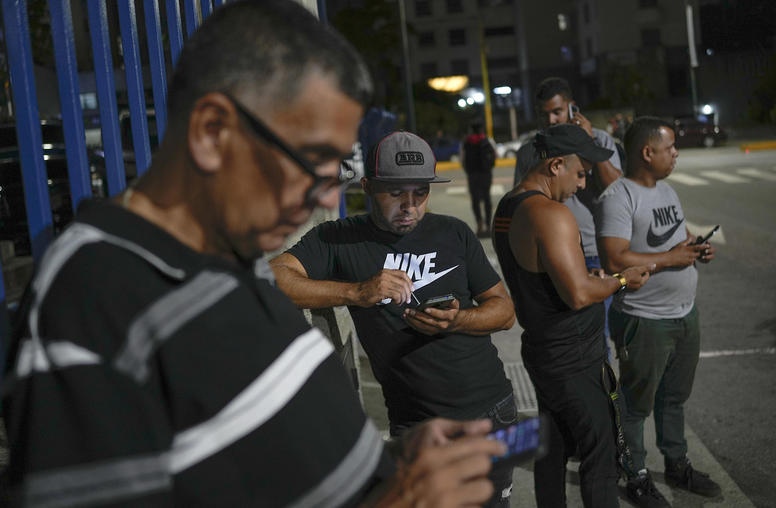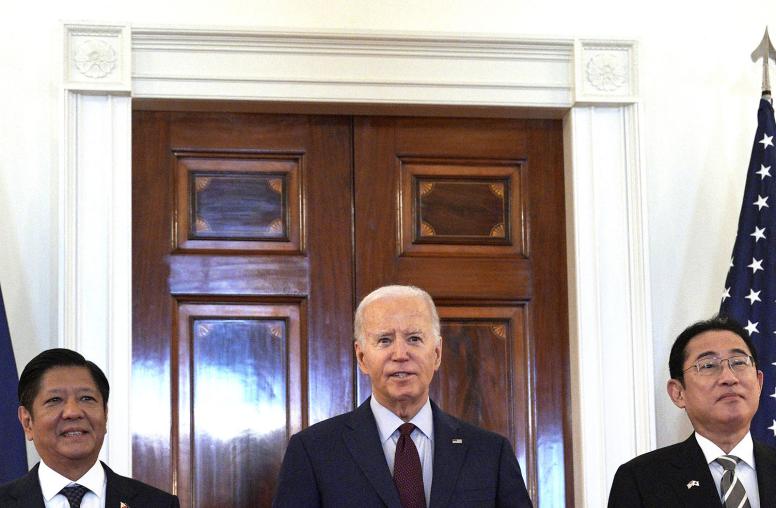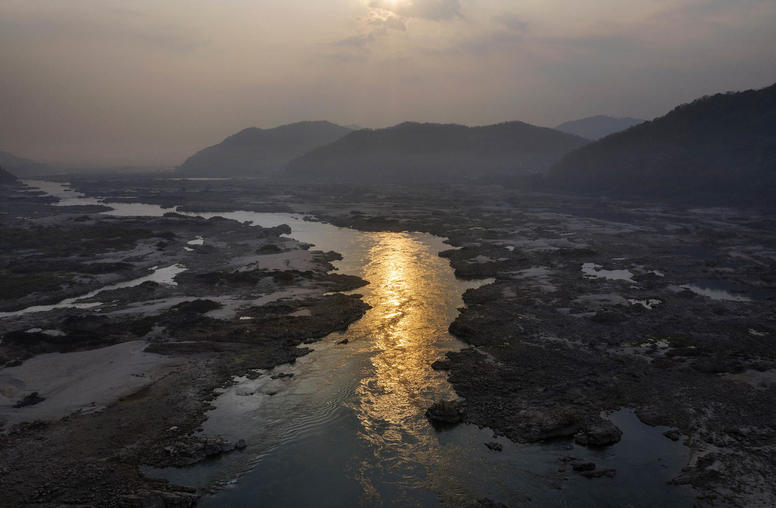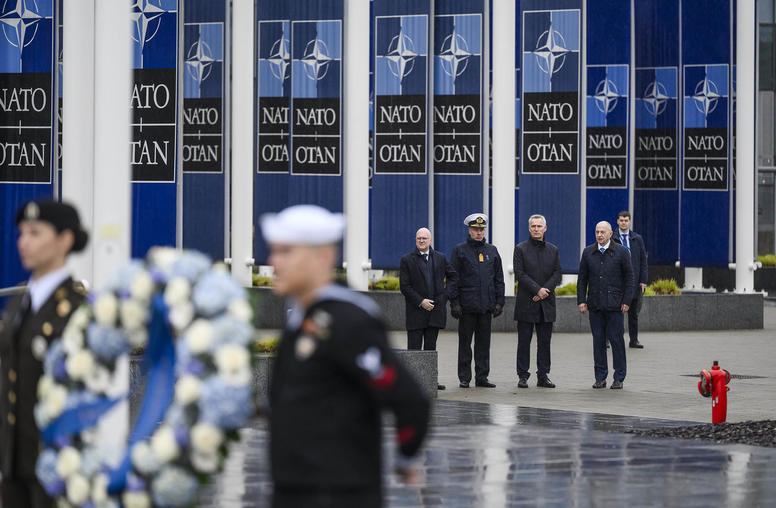Assignment: China
February marks the 40th anniversary of President Richard Nixon’s historic visit to China. The trip was also a milestone in the history of journalism. On January 17, USIP and the State Department’s East Asian and Pacific Affairs Bureau hosted a screening of the documentary film Assignment: China.
January 20, 2012
The journalists who accompanied President Richard Nixon on his breakthrough trip to China 40 years ago may have contended with nosy Chinese media minders, restrictions on their movements and tight White House stage management of events—not to mention a slew of discomforts, internal rivalries and simple fatigue—but they were thrilled to have the chance to report on a mission that would alter the course of the Cold War and U.S. foreign policy and herald the opening of communist China to the wider world. At a special screening of a new documentary on the news media’s coverage of Nixon’s China trip that was held at the United States Institute of Peace (USIP), some of those same reporters reminisced about an assignment so thrilling as to leave them “riddled with disbelief,” as Bernard Kalb, then a CBS television correspondent, put it.
Kalb appeared at the January 17 event, co-hosted by USIP and the U.S. State Department’s Bureau for East Asian and Pacific Affairs, with Stanley Karnow, then the Hong Kong correspondent of The Washington Post, and Robert Keatley, who reported for the Wall Street Journal. They were joined by Dwight Chapin, the appointments secretary for Nixon who oversaw the president’s schedule and media arrangements.
The film, Assignment: China—The Week that Changed the World [external link], was written and narrated by former CNN Beijing bureau chief Mike Chinoy and produced by the University of Southern California’s U.S.-China Institute, where Chinoy is now a senior fellow. Chinoy likened the interplay of a disciplined Nixon White House team, a frustrated U.S. press corps and control-minded Chinese Communist officials as “the clash of three alien civilizations.” And yet, he added, “somehow it jelled.”
Ron Walker, a White House advance man for the trip, put it another way in the film: “I don’t think they [Chinese officials] had any idea what was about to fall on them.”
The Nixon journey to Beijing, Hangzhou and Shanghai from February 21 to February 28, 1972, also brought to a boil the behind-the-scenes tensions between print and television reporters covering the story, with White House officials trying to ensure that the visual drama and most poignant moments of the visit—handshakes at the airport, toasts at the Great Hall of the People, Nixon’s walk along the Great Wall, and so on—would be telecast live to Americans and worldwide. Chapin said the television networks demanded it, and the Chinese wanted the coverage as well.
Said Chinoy, “The Nixon White House was the first that really understood how to use television for political ends.” Keatley recalled Chinese media handlers cutting off a conversation with him to search out and meet Walter Cronkite and other American television luminaries. Karnow later wrote an article in Foreign Policy magazine about the frustrations: “Playing Second Fiddle to the Tube.”
Nixon met but once with China's supreme leader, Communist Party Chairman Mao Tse-tung over that week, but with Premier Chou En-lai he engaged in a running set of exchanges that would be a virtually unthinkable commitment of time with another leader today.
In 1972, USIP president Richard Solomon was a National Security Council official working on the eventual normalization of U.S. relations with China, among other Asia issues. He later became assistant secretary of state for East Asian and Pacific affairs and the U.S. ambassador to the Philippines. Solomon spoke at the Institute screening about a Chinese-U.S. relationship then “locked” in more than two decades of hostility and Cold War fears. “The question is how do you break out of it?”
Kurt Campbell, the current assistant secretary of state for East Asian and Pacific affairs, described the Nixon mission as “one of the most momentous developments in international politics [that] continues to refract through so many aspects of what we’re doing on the global stage.”
Over the years, "Nixon goes to China" spawned countless commentaries and studies, even an opera. It quickly became a rough template for moments in which a leader puts his or her political or ideological capital at risk to make a surprising but advisable move. "It’s become part of our lexicon,” said Chapin.
Nixon and then National Security Adviser Henry Kissinger wanted positive media coverage but worried about the reactions of conservatives back home to a breakthrough that distanced the United States from an old, anti-communist ally, Taiwan. But the Nixon visit strengthened the president’s position at home, if for a time, Chapin said: “When Nixon came back, he was perceived differently.”
Winston Lord, Kissinger's China hand on the trip and later a U.S. ambassador to China and assistant secretary of state for East Asian and Pacific affairs, commented from the audience: “This took insight, courage and protection on the right flank.”
Explore Further
-
Listen to the audio archive of the event



